Indian Community School
Emphasizing balance
Where you come from makes you who you are. That’s why the Indian Community School places emphasis on the balance between heritage and academics. American Indian identity is at each student’s core, and the school reinforces – in them – the community’s core values: Bravery, Humility, Love, Loyalty, Respect, Truth, and Wisdom. Students are not caught between what they learn and who they are: the school intertwines both with equal importance. The school has found that implementing behavior (Positive Behavioral Interventions and Supports-PBIS) enabled them to help students embody their values, without compromising their identity.
Prior to implementing an equitable, multi-level system of supports, we were using a model called Responsible Thinking Classroom (RTC). In the RTC model, students who were disruptive were asked to leave their own classes and go to RTC to think about how they could have acted differently. What we found out during the RTC years was that students were missing a ton of classroom instruction – and what they may have learned in the RTC room did not carry over throughout the day. Culturally this did not resonate with our staff either, it was like we were banishing the student from his/her community. It seemed like we were sending them away to get “fixed.”
A new way
In the 2010-2011 school year, there were 3,538 write ups or incidents which equaled 70,760 minutes of lost instructional time. In 2011-2012 (our interim year where we got rid of RTC but had not switched to PBIS) there were 536 incidents with 10,720 minutes of lost instructional time. In 2012-2013, our first year of Tier 1 PBIS, we reduced our Office Discipline Referrals (ODRs) to 290, with 5,800 instructional minutes lost, and 687 minors with 0 minutes of lost instructional time – because students didn’t leave the classroom. A comparison chart of RTC vs. PBIS has been shown to staff, parents, and board members. Everyone is in full agreement that we needed to change and we did. Losing roughly 6,000 minutes of instruction over 71,000 minutes has had a huge impact on the learning environment at Indian Community School.
Students who are currently in first grade are our first students to not know what RTC is. When the first graders started K4 it was our first year of PBIS. Looking at our first grade, it is our strongest group academically. They are the only grade level in our school that consistently scores above the norm grade level mean in both reading and math. The belief is that if students are in the class they can learn. We hope to see this trend continue.
A better sense of community
Culturally we feel that implementing an equitable, multi-level system of supports meets the needs of our students. The whole staff feels empowered to talk to all students throughout the building (they know the skills and the specific language to use with the students). There is a better sense of community. We are all here to help all the students, just as the aunties, uncles, grandmas, and grandpas would have done in a more traditional time. We embrace conferencing with students and encouraging them to have a good day. We also can see the impact of reteaching until the skill gets learned. Students do not have to be perfect. They are learning to grow as individuals. This process allows students, staff, and families to have a partnership of improvement that is positive – that is working.
We are all here to help all the students, just as the aunties, uncles, grandmas, and grandpas would have done in a more traditional time.


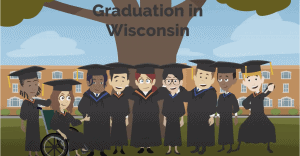
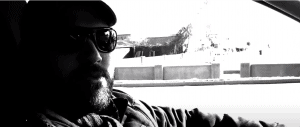
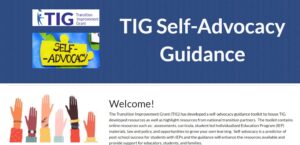 TIG Self-Advocacy Guidance Google Site
TIG Self-Advocacy Guidance Google Site 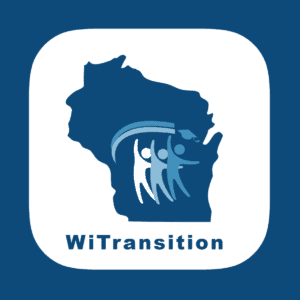
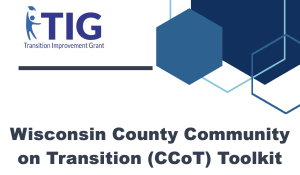 Wisconsin County Community on Transition (CCoT) Toolkit
Wisconsin County Community on Transition (CCoT) Toolkit